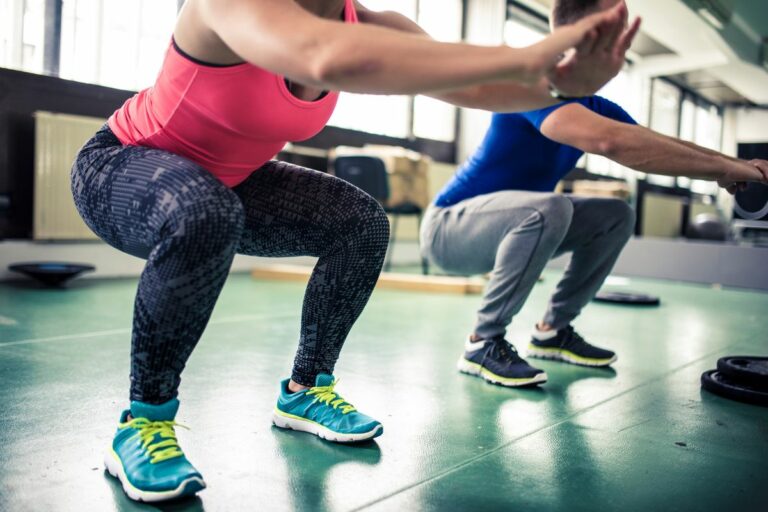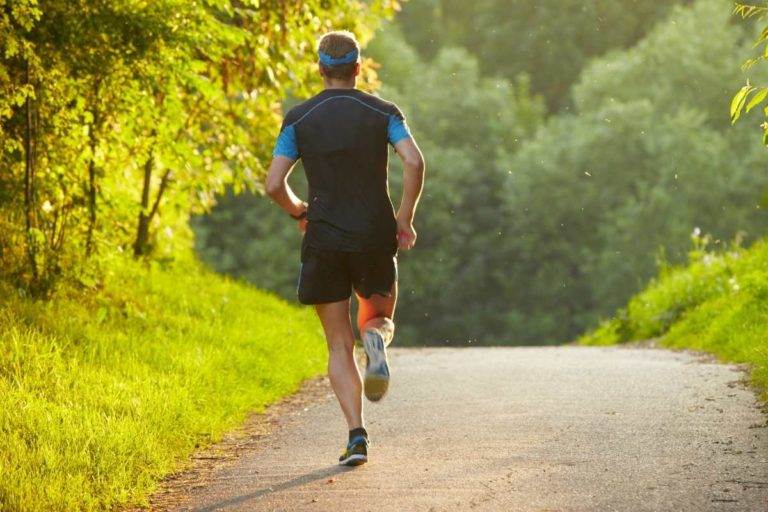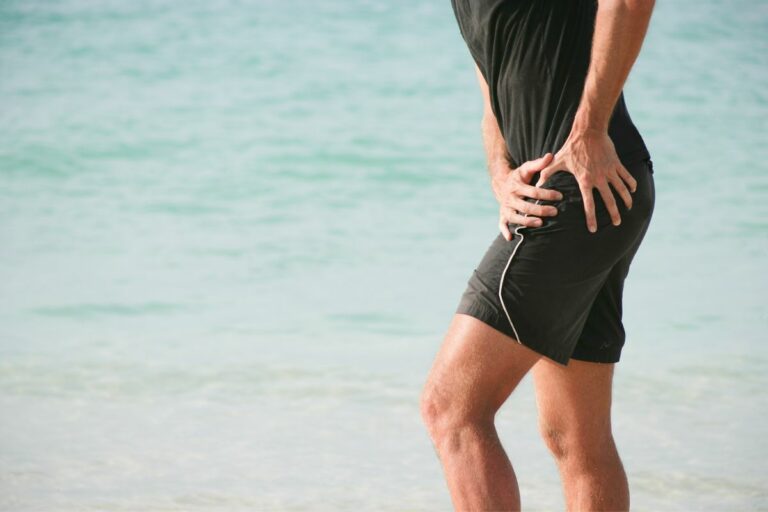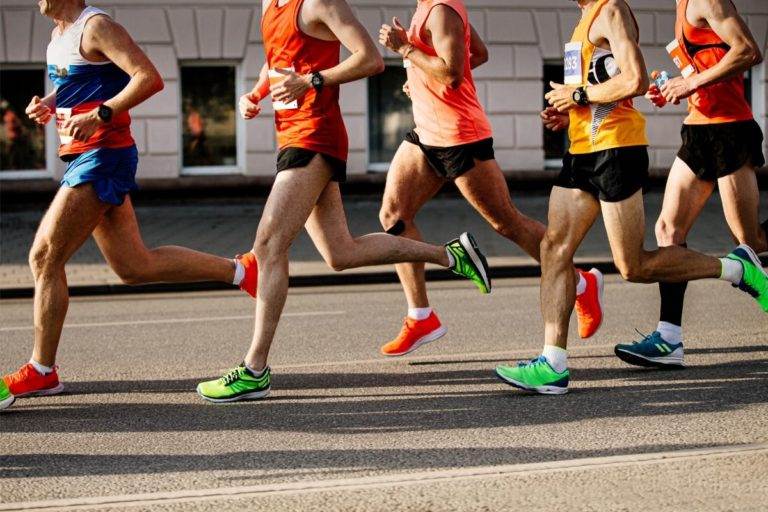Run With Sore Legs: Should I Run If My Legs Are Sore?

Is running with sore legs a good idea? It’s a question that many of us have asked ourselves, especially if we’re new to the sport.
Whether you’re just starting out or looking to push your limits, it’s important to know when running is safe and when it can be dangerous.
This article will explore the answer to the question: Should I run if my legs are sore?
What Causes Sore Legs
Many factors can cause leg soreness, from everyday activities to medical conditions.
- Overuse and injury are the most common causes of leg soreness.
- Running, walking, exercising, and standing for long periods of time can cause your legs to become sore.
Certain lifestyle choices can INCREASE your risk of developing leg soreness:
- Smoking has been linked to poor circulation in the legs, leading to pain and discomfort.
- Eating an unhealthy diet lacking essential nutrients like iron and calcium can also contribute to muscle fatigue and leg soreness.
- Being overweight or obese puts extra strain on your muscles and joints, increasing pain and discomfort in your legs when running.
It is essential to be aware of the potential causes of leg soreness so that you can take steps to reduce your risk of developing it.
Is It Okay to Run With Sore Legs?
So, your legs are sore after running. Should you run again?
Running with sore legs may seem counterintuitive, but it can actually be BENEFICIAL.
- When your muscles are sore, they become more flexible and elastic as they’re being moved.
- This helps prevent future injuries by strengthening the muscles and ligaments in the area.
- Running with sore legs can increase blood flow to the affected area, which aids in healing and can reduce pain.
- Even if you run at a slower pace than usual or take frequent walking breaks, you’ll still reap the benefits of exercise without aggravating your injury further. This will help you get back up to speed faster than if you had stayed inactive for too long.
Risks Of Running With Sore Legs
Despite the potential benefits of running with sore legs, there are also some risks to consider. Running with sore legs can increase the risk of injury.
- Running can cause overuse injuries such as tendonitis, stress fractures, and shin splints. You can experience those when you run with sore legs, and your muscles and joints aren’t fully recovered from a previous workout.
- Additionally, if you don’t stretch properly before and after running, your muscles may become even more tense or tight.
- This could lead to further strain on the joints and muscles and cause more pain in the long run.
Moreover, pushing yourself too hard while your muscles are still sore can make it difficult to maintain proper form.
If your body is unable to move naturally because of tightness or discomfort, you may put extra strain on certain areas that could lead to injury.
It’s important to take it slow if you experience pain while running; if the pain persists or worsens, then it’s best to stop and rest until your legs feel better.

Warm-Up Exercises For Sore Legs
If your legs are sore, it’s important to warm them up before running.
- It’s best to start with dynamic stretches that involve movement, such as high knees or butt kicks.
- This will help you loosen up your muscles and tissues without putting too much strain on them.
Next, you should perform some light aerobics like jogging or jumping jacks.
- This will help increase your heart rate and get your blood pumping throughout your body, which can be beneficial for sore muscles.
- Additionally, it can help reduce the risk of injury by warming up your muscles prior to running.
Finally, it’s important to cool down after running by doing some static stretching exercises like calf raises or lunges.
- This will help to restore any lost flexibility in your legs from the run and decrease any post-workout stiffness or soreness.
- Taking the time to properly warm up and cool down can make a big difference in how you feel afterward.
Cool-down Exercises For Sore Legs
After a workout or any activity that has caused your legs to be sore, it is important to do cool-down exercises to help reduce the pain and inflammation.
Cool-down exercises can also help your body return to its pre-exercise state while also decreasing the stiffness you may experience in your sore legs.
Below are some helpful cool-down exercises you can do when your legs are sore.
Brisk walking is a great way to cool down after exercise.
- Walking for 10–15 minutes slowly helps keep blood circulating throughout the body, which can help reduce muscle soreness.
- Additionally, walking can help loosen up your stiff muscles and joints, allowing them to recover faster from the previous activity.
Static stretches are another great option when trying to cool down your sore legs.
- Holding each stretch for at least 30 seconds will give your muscles and joints more time to relax and adjust back to their natural state.
- Make sure not to overextend yourself during these stretches, as this could cause further injury or strain on the area.
Finally, foam rolling is an excellent way for anyone with sore legs.
- Foam rolling relieves tension in your muscles and gets them back into their pre-exercise state quickly.
- Foam rolling helps massage all the tight areas in your body, making it easier for those muscles and joints to move freely and without pain afterward.
The Bottom Line
So, should I run if my legs are sore? Well, it really depends.
If the soreness is mild and you think some light movement might help, then a gentle jog should be okay. Sometimes, moving around can improve blood flow and make you feel better.
But if your legs feel seriously sore, like you’re wincing with every step, give them a break. Do some stretching, use a foam roller, that kind of thing.
Yes, running with sore legs can be difficult, but it doesn’t have to be. Take the proper precautions and incorporate the right exercises before and after your run. It can help you make the most of your workout.






